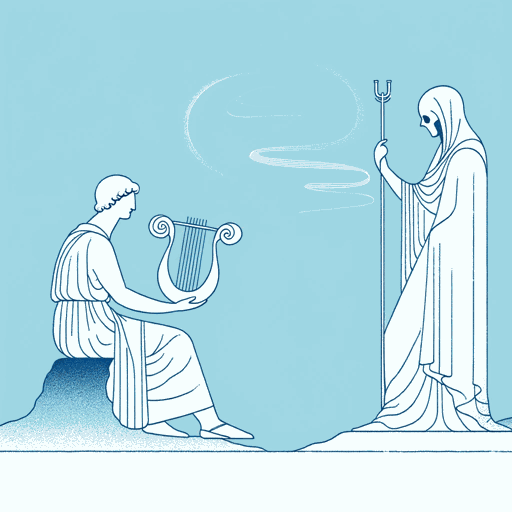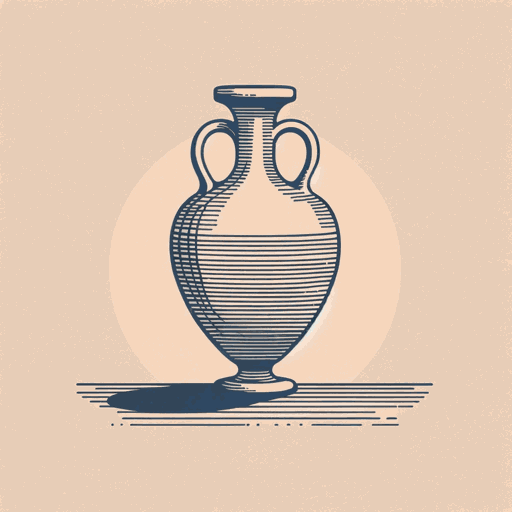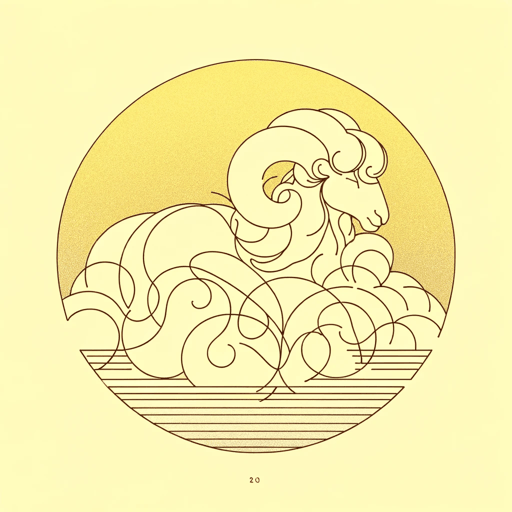44 pages • 1 hour read
Ed. John C. Gilbert, EuripidesIon
Fiction | Play | Adult | BCEA modern alternative to SparkNotes and CliffsNotes, SuperSummary offers high-quality Study Guides with detailed chapter summaries and analysis of major themes, characters, and more.
Background
Historical Context
Euripides is the third and final canonical exemplar of Greek tragedy. Of his supposed 90 plays performed, only 19 survive. Ancient Greek tragedy abided by stringent conventions with respect to form and content. With respect to form, extant tragedy almost always features only two to three characters as well as a corporate body known as the chorus. Aeschylus (525-455 BCE), Sophocles (496-406 BCE), and Euripides (480-407 BCE) are included in the group of canonical playwrights, and the subject matter of their collective corpus of their plays is exclusively mythical in nature (which makes scholars suspect that treating modern events in theatrical conventions was prohibited by the Athenian state; current events did eventually make their way into Greek drama, but not until the fourth century, and within the tradition of Greek comedy).
Euripides is known for experimenting with conventions more than his predecessors, including by reinventing known myths and giving female characters more dimension. Euripides’s most famous play, Medea (431 BCE), shows a nuanced portrayal of the foreign, scorned wife of the famous hero Jason. Euripides’s version of Helen of Troy (showcased in his play Helen, first performed in 412 BCE) reveals the titular character to be living in Egypt, never having arrived in Troy during the Trojan War.
Related Titles
By these authors

Alcestis
Euripides

Cyclops
Euripides

Electra
Euripides

Hecuba
Euripides

Helen
Euripides

Heracles
Euripides

Hippolytus
Euripides

Iphigenia in Aulis
Euripides

Medea
Euripides

Orestes
Euripides

The Bacchae
Euripides

Trojan Women
Euripides

